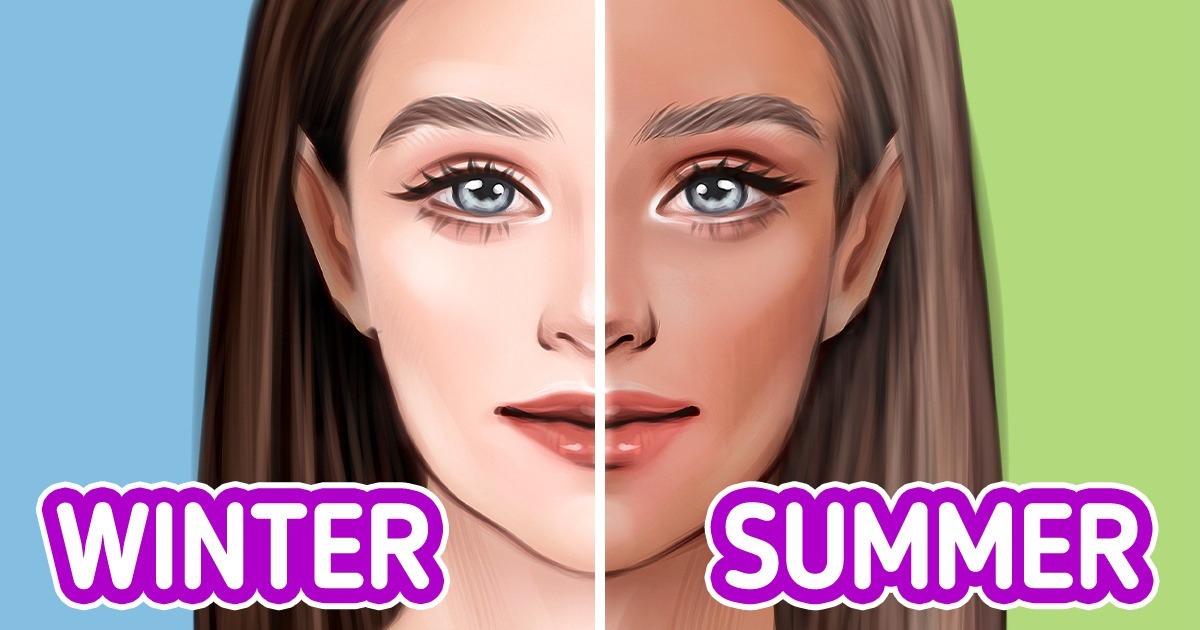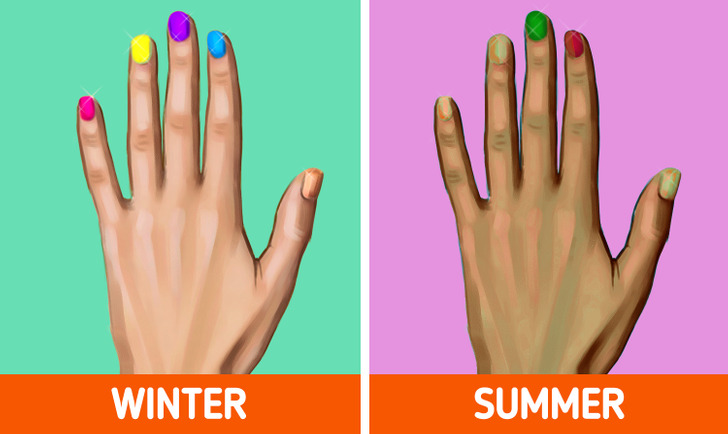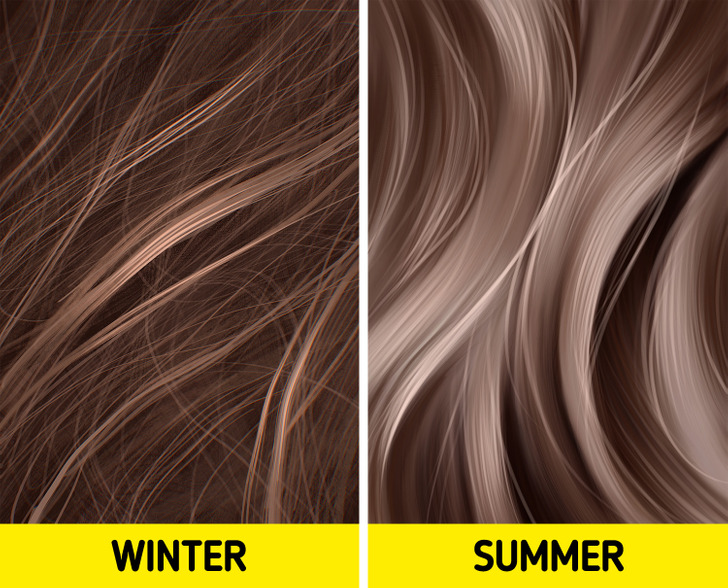Why Sunlight Makes Your Skin Darker and Your Hair Lighter

Our skin and hair react differently to sunlight. As a rule, the skin darkens in the sun, and the hair, on the contrary, gets lighter. It’s interesting that the reason for both of these processes is melanin.
5-Minute Crafts would like to tell you about why sunlight makes our skin darker and our hair lighter.
Why sunlight makes skin darker

The skin is the largest human organ. It protects us from the harmful rays of the sun by producing melanin. Melanin is a natural pigment that gives color to our eyes, skin, and hair.
Ultraviolet rays of the sun destroy the melanin in our skin. As a result, our body begins to produce more of it, and the skin darkens. This reaction makes our skin tan. But you need to be careful because rays can also cause sunburn. In addition, UV radiation can make the skin coarse and wrinkled. The sun can also make young skin look older.
It’s worth noting that everyone has a different amount of melanin in the body. People with little melanin should not sunbathe too much. Otherwise, they risk getting sunburned and premature skin aging. However, people with dark skin should also be careful about sun exposure.
So, now we know that skin darkens in the sun because melanin becomes darker to protect it from harmful UV rays.
Why sunlight makes hair lighter

Hair is made of a tough protein called keratin. The hair that we can see contains dead cells. Only the root is alive, and the hair shaft on the surface of the skin is not.
We already mentioned above that melanin determines hair color. People with little melanin have fair hair, and people with a lot of melanin have dark hair.
When sunlight hits the skin and destroys melanin, the skin produces more melanin. But since our hair shafts are made of dead cells, they can’t regenerate the damaged pigment.
Melanin absorbs and scatters UV rays, keeping them away from the DNA of our cells. But with prolonged exposure to sunlight, melanin begins to degrade and loses its color.
So, our locks get lighter in the sun because UV rays destroy the melanin in the hair, making it lose its color.
How to protect yourself from the harmful effects of the sun

- Choose the right time. The sun’s rays are most active between 10 a.m. and 4 p.m. It’s better to limit exposure to the sun during these hours, even in winter.
- Don’t let your skin get sunburned. Sunburns significantly increase the risk of developing skin cancer.
- Seek shade. Try to spend more time in the shade, but remember that trees, umbrellas, and canopies don’t provide complete protection from the sun.
- Be cautious near water, snow, and sand. They reflect the harmful rays of the sun, which can cause you to get sunburned.
- Avoid sun tanning and tanning beds. The UV radiation from them can cause skin cancer and wrinkles.
- Protect yourself with clothes. Some clothes perfectly protect you from the sun, like wide-brimmed hats that protect your eyes, ears, face, and neck from sunlight. Sunglasses can protect your eyes from UV rays by as much as 99%-100%. And loose, tightly woven clothing will cover your skin.
- Use sunscreen. Apply sunscreen with an SPF of 30 or higher to any exposed skin 20 minutes before going outside. If you work, swim, or exercise outdoors, reapply every 2 hours.
- Watch the UV index. The UV index will let you know how safe it is to be in the sun. You can plan your outdoor activities based on it.